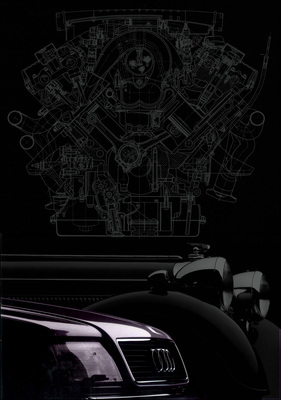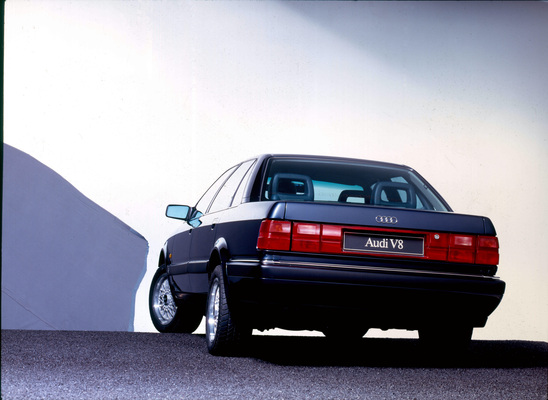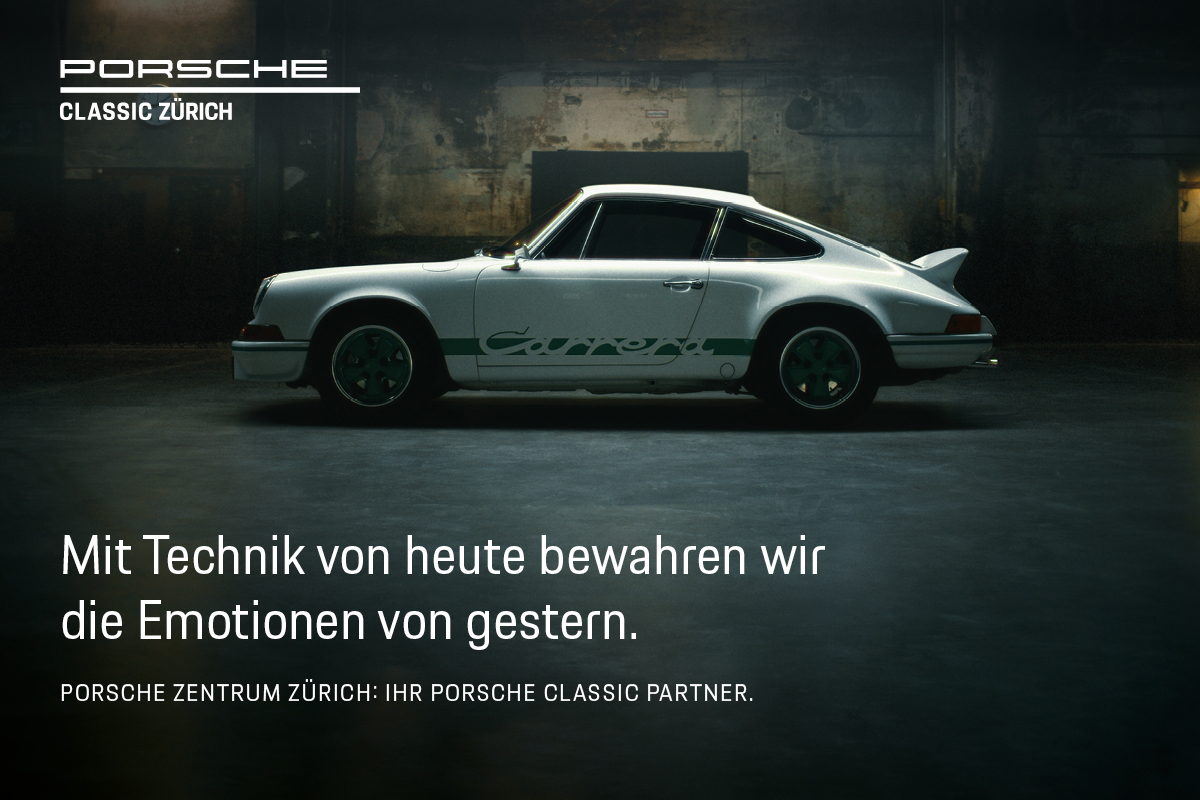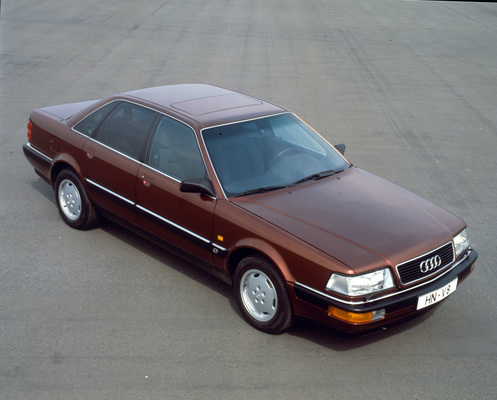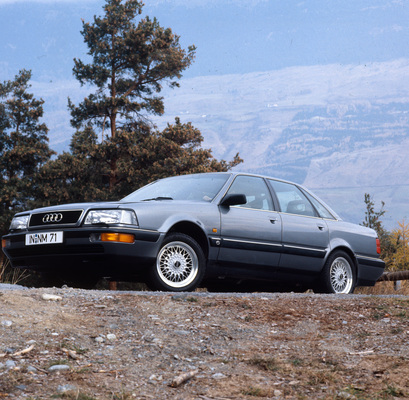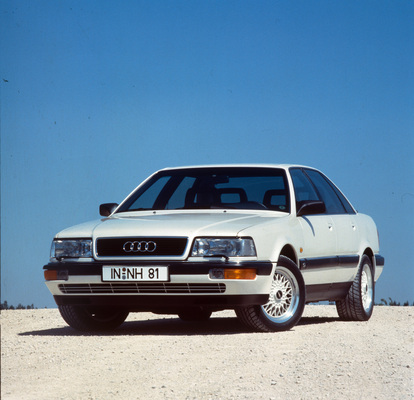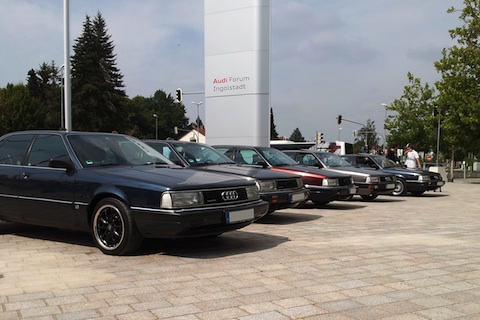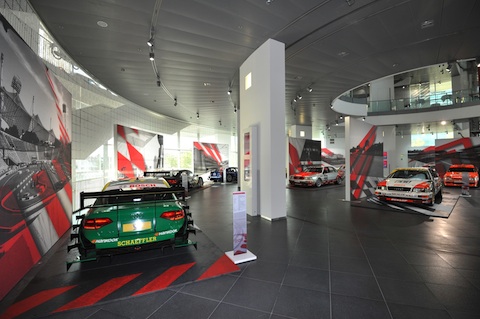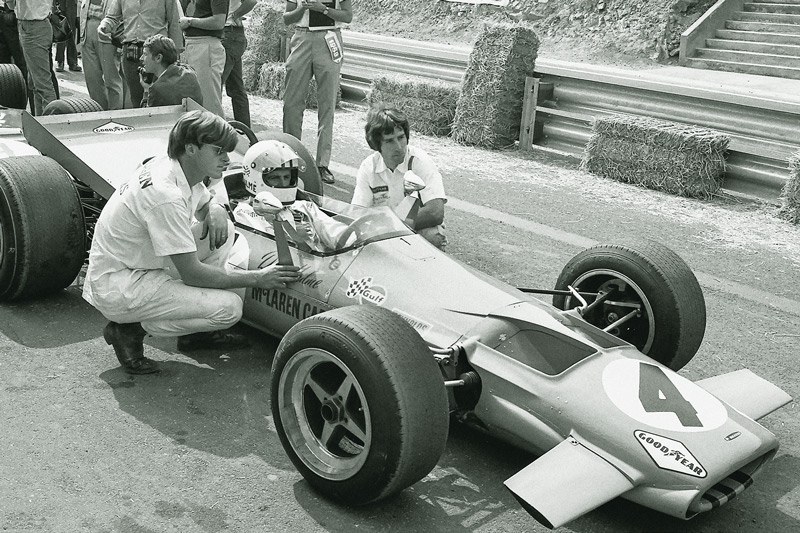In retrospect, Audi marketing likes to point out that the Audi V8 presented in Paris in 1988 marked the company's entry into the automotive upper house. A somewhat more critical view might lead to the conclusion that the Audi V8 was a significant intermediate step. The first step up the ladder was taken as early as 1979 with the presentation of the Audi 200 turbo and then a year later with the Audi quattro in Geneva. The path was completed and accepted in 1994 with the all-aluminum Audi A8.
And the Audi V8? It was certainly a worthy follow-up to the times when Horch, with the four rings at the front, dominated the 8-cylinder market in Germany. And so, almost 50 years later, Audi also wanted to return to the upper house with an eight-cylinder called Horch. But nothing came of it.

Audi's marvel
Some smiled, others suspected something when they saw the Audi V8 at its premiere in Paris. It was nothing more than an inflated Audi 100, nothing less than an attack on the position of BMW and even more so of Mercedes. At the end of the 1993/94 production period, everyone was proved right.
Despite 90% new parts, the Ingolstadt flagship was never able to develop into an independent model, especially under the technically sophisticated borrowed wardrobe of the Audi 100. On the other hand, it was the sophisticated technology, the solid material quality and the special manufacturing precision that clearly set the Audi V8 apart from the mundane mass-produced models.
More than 190 pages
In a new book with the simple title "Audi V8", author and V8 expert Bastian Preindl goes in search of traces of the attack on the top class, and does so in an exciting, in-depth approach. Preindl starts with the first attempts at Audi with 6-cylinder group engines as an alternative to the 5-cylinder turbo engines, describes the design paths with all the detours and byways, and then presents the technical development in detail. How did this V8 cylinder come about, which gearbox was necessary for the favored quattro drive and where did the V8 set a technological lead?
All beginnings are difficult

The Audi V8 was not a dream child. So it is all the more welcome that Preindl dares to take a look behind the scenes. Audi, the somewhat shabby VW subsidiary in southern Germany, would not have been able or allowed to take the plunge on its own, neither financially nor in terms of sales. It was therefore all the more important to have supporters at the very top in Wolfsburg, such as Carl Hahn, the Chairman of the Board of Management, who supported the project.
In his book, Preindl provides a fascinating and interesting account of the realistic assessment of the efforts, but also the willingness to change, that the technicians, sales and marketing departments made to successfully position the company higher. They had an idea of what it would cost and what efforts it would take to reach a spoiled clientele, perhaps even to convince them, but more importantly to win them over. At the end of the 1980s, a purchase price of just under DM 100,000 was quite a lot.
Exclusivity, quality and technology
The Audi V8 was priced well above the entry-level models of the BMW 7 Series and the S-Class. After looking at the price list, it was not the 730 or 300SE that were in the marketing sights, but the 8-cylinder models from Stuttgart and Munich, which were significantly above them, came into question as comparative models. And even these were considerably cheaper than the admittedly very well-equipped Audi V8.
Preindl proves that it was worth the money with his article on the materials selected by Audi and the technology used. Fabrics, leather, carpets and wood from the best suppliers in the world, at Rolls Royce level and from their preferred suppliers. Air conditioning, automatic transmission, engine electronics, newly developed and the finest available on the market at the time.
The compromise was the modified body and the use of the 1.8 16V Group engine as the starting point for the V8. Sure, 250 hp from a displacement of 3.6 liters was quite something. But the automatic transmission and the weight tugged at the potency.
Model development, marketing, motorsport and press work
Even if the Audi V8 doesn't look like it, it has undergone an intensive model update and a facelift during its five-year production period, which is not very noticeable on the outside, but is clearly striking from a technical point of view.
Author Preindl provides interesting insights into the press work at the time, documents advertising campaigns and comprehensively describes the model development. Special body styles such as long-wheelbase versions, special protection vehicles and one-off models are described in detail. And the successful involvement in the DTMt with the two championships in 1990 and 1991 and the associated marketing measures at home and abroad are described in detail in separate chapters.
Target groups and target markets
The priority was to sell the ship to the Americans, as the Audi 100, known here as the Audi 5000, had become a popular German import product in the USA. What could be more obvious than to win over and pamper the Americans with a V8, automatic transmission and German virtues? Unfortunately, the Ingolstadt-based company was hit by a history of unintended acceleration, with drivers confusing the accelerator with the brake and the subsequent lawsuits, all of which Audi won, causing almost irreparable damage to its image in North America.
So the V8 suddenly had to cause a sensation in Europe. Even the long-wheelbase version of the Audi V8 did not help. However, the V8 found its buyers in Europe, and everyone had to be lured away by the competition. More than 50 markets were supplied with the V8. It celebrated two triumphs in the DTM and was also in demand as a tuning object.
A book for everyone
Anyone who wants to know how a car is developed, what goes on behind the scenes, what to look out for and who is involved. How to accompany a series product on the market. In short, anyone who wants to know how and why Audi managed to enter the luxury class with the Audi V8, even though it always looked as if Audi hadn't made it. There is no way around this book.
Rarely have we read such an in-depth book on a vehicle monograph that really illuminates and describes all aspects and, just as importantly, illustrates them with many previously unseen pictures. And at a price of 39.90, it is more in the middle class than the upper class.
Bibliographical details
- Title: Audi V8, New style in the luxury class
- Author: Bastian Preindl
- Publisher: Delius-Klasing, 1st edition 2014 (April 7, 2014)
- Format: 280 x 302 mm, hardcover with dust jacket, 192 pages, 19 b/w and 244 color illustrations
- Price: € 39.90
- ISBN: 978-3-7688-3752-1
- Order at Delius-Klasing or amazon.de



